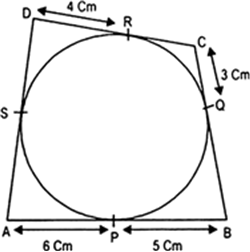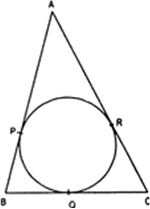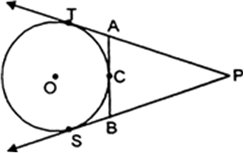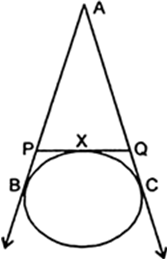 Short Answer Type
Short Answer TypeThe incircle of ΔABC touches the sides BC, CA and BA at D, E and F respectively. If
AB = AC, prove that BD = CD.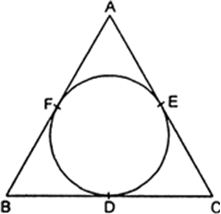
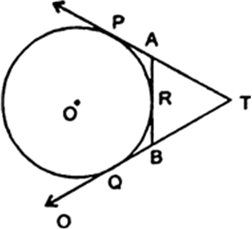
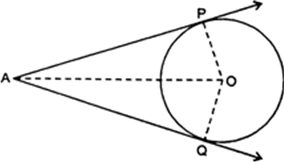
A quadrilateral ABCD is drawn to circumscribe a circle (Fig. 10.62). Prove that AB + CD = AD + BC.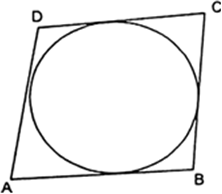
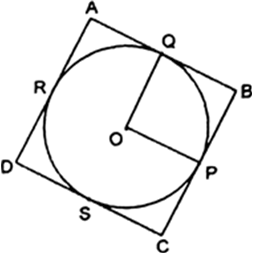
DS = DR (Tangents from external point D.)
But DS = 5 cm.
∴ DR = 5 cm.
It is given that,
AD = 23 cm.
⇒ AR + DR = 23 cm.
⇒ AR + 5 = 23
⇒ AR = 18 cm
Now, AR = AQ (Tangents from external point A)
But AR = 18 cm
∴ AQ =18 cm.
It is given that,
AB = 29 cm.
⇒ AQ + BQ =29
⇒ 18 + BQ = 29
⇒ BQ = 11 cm.
It is given that ∠B = 90°.
Also, OQ = QP, therefore OPBQ is a square.
So, OQ = OP = 11 cm.
Hence, r = 11 cm.
